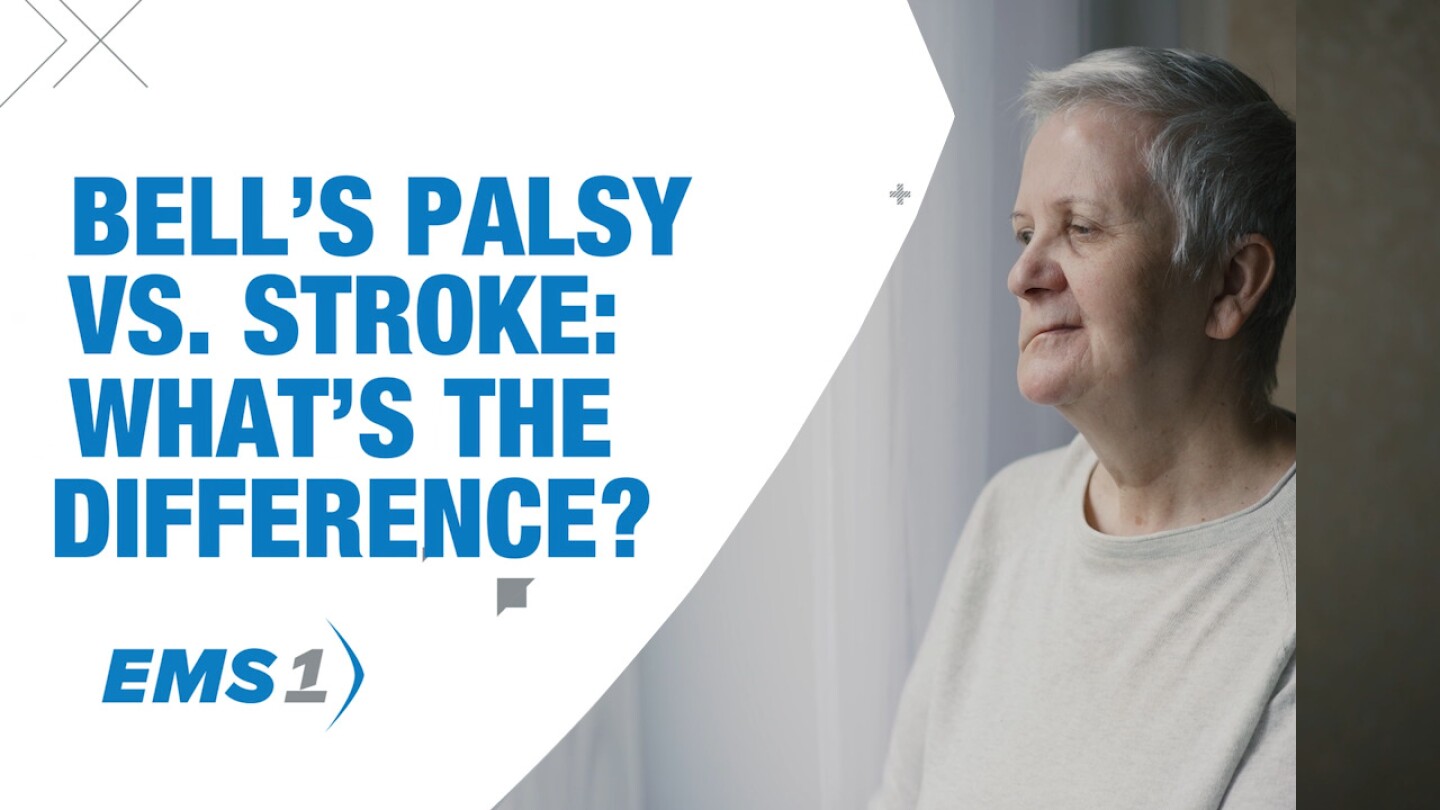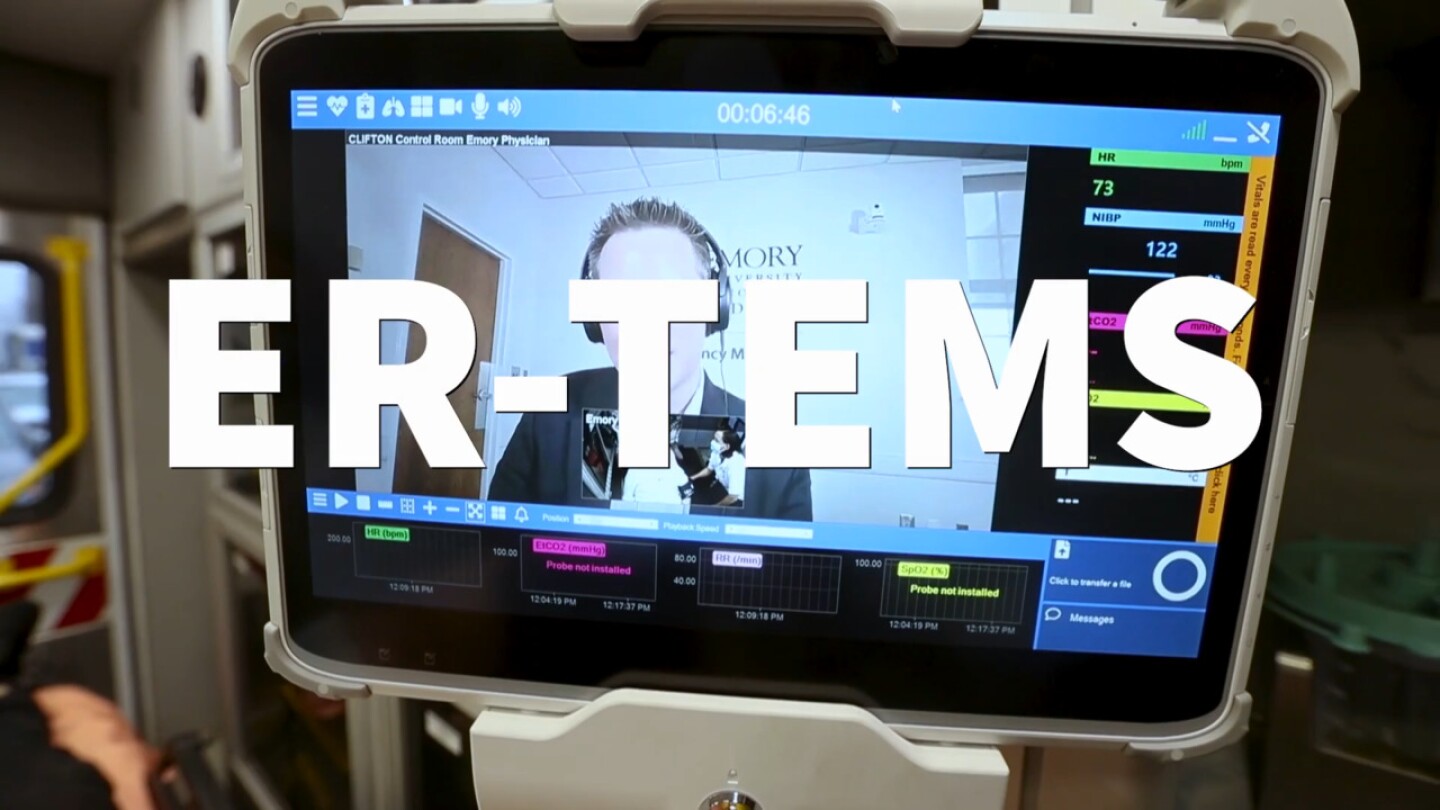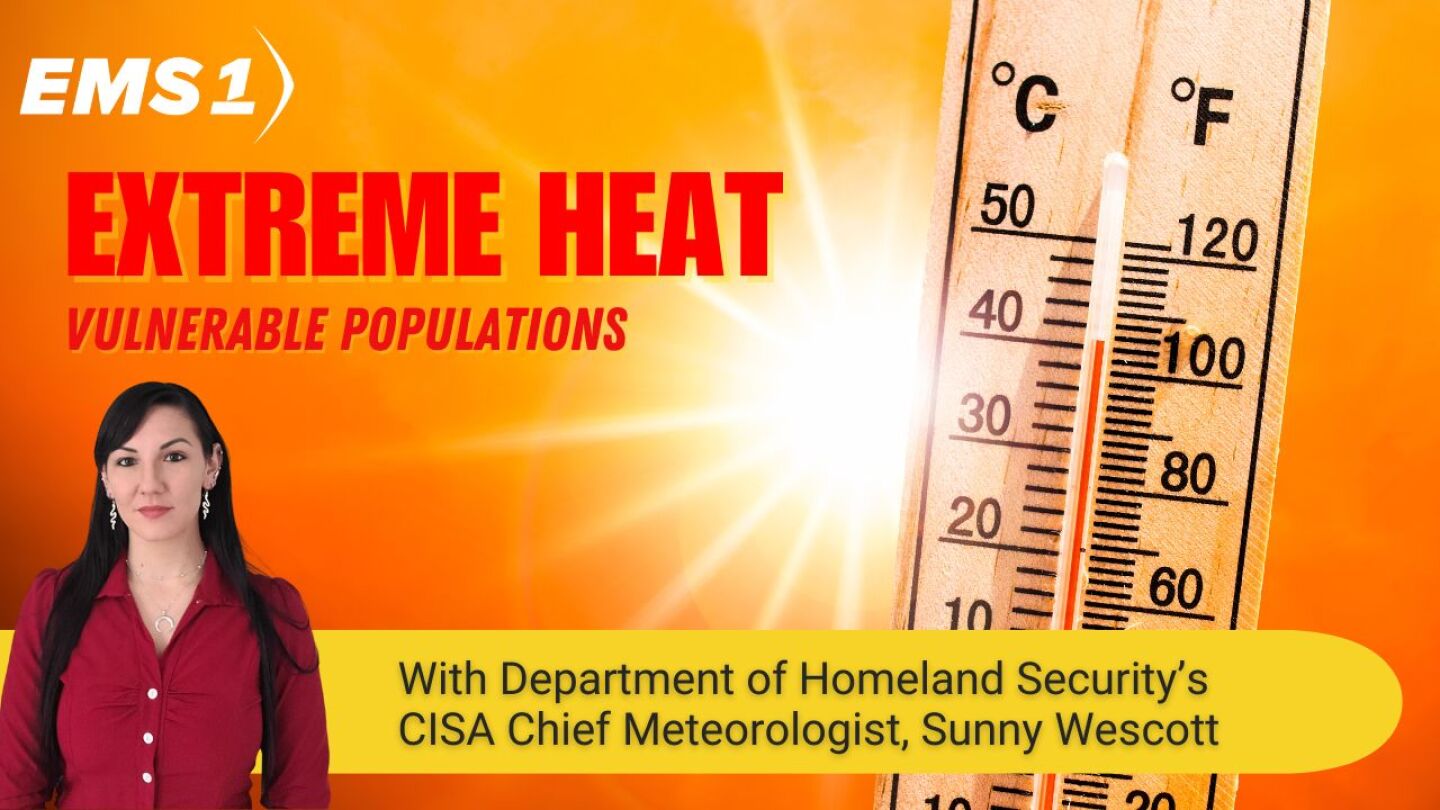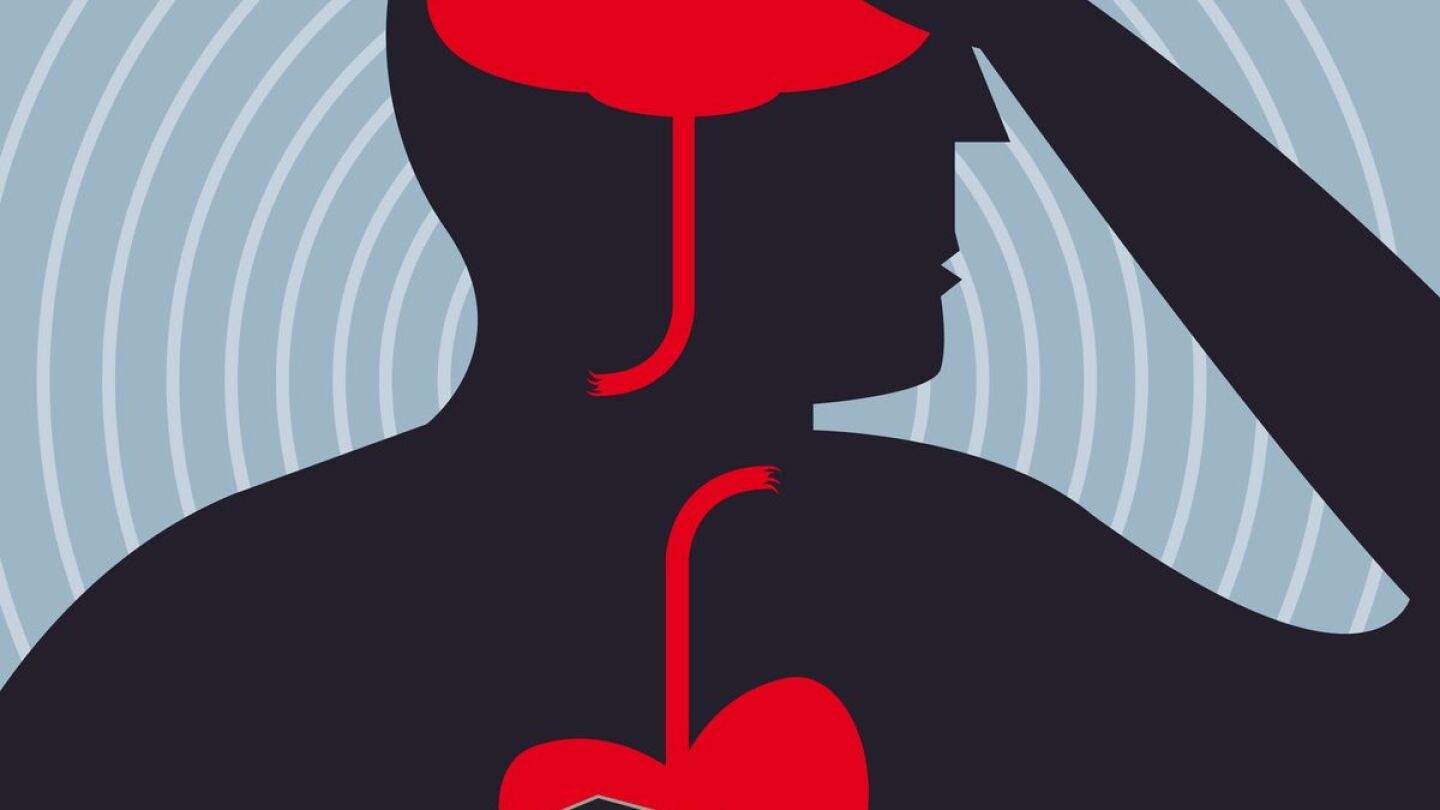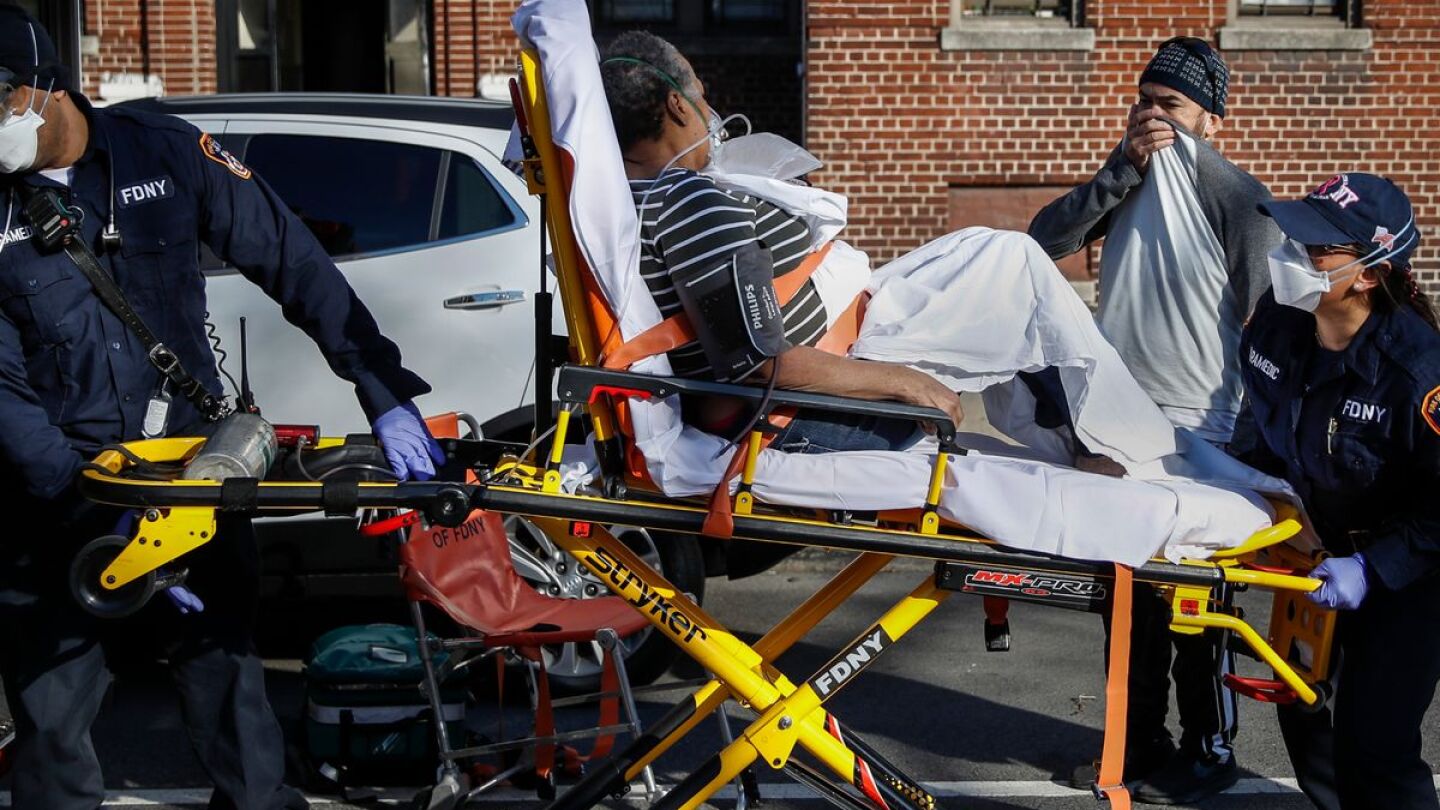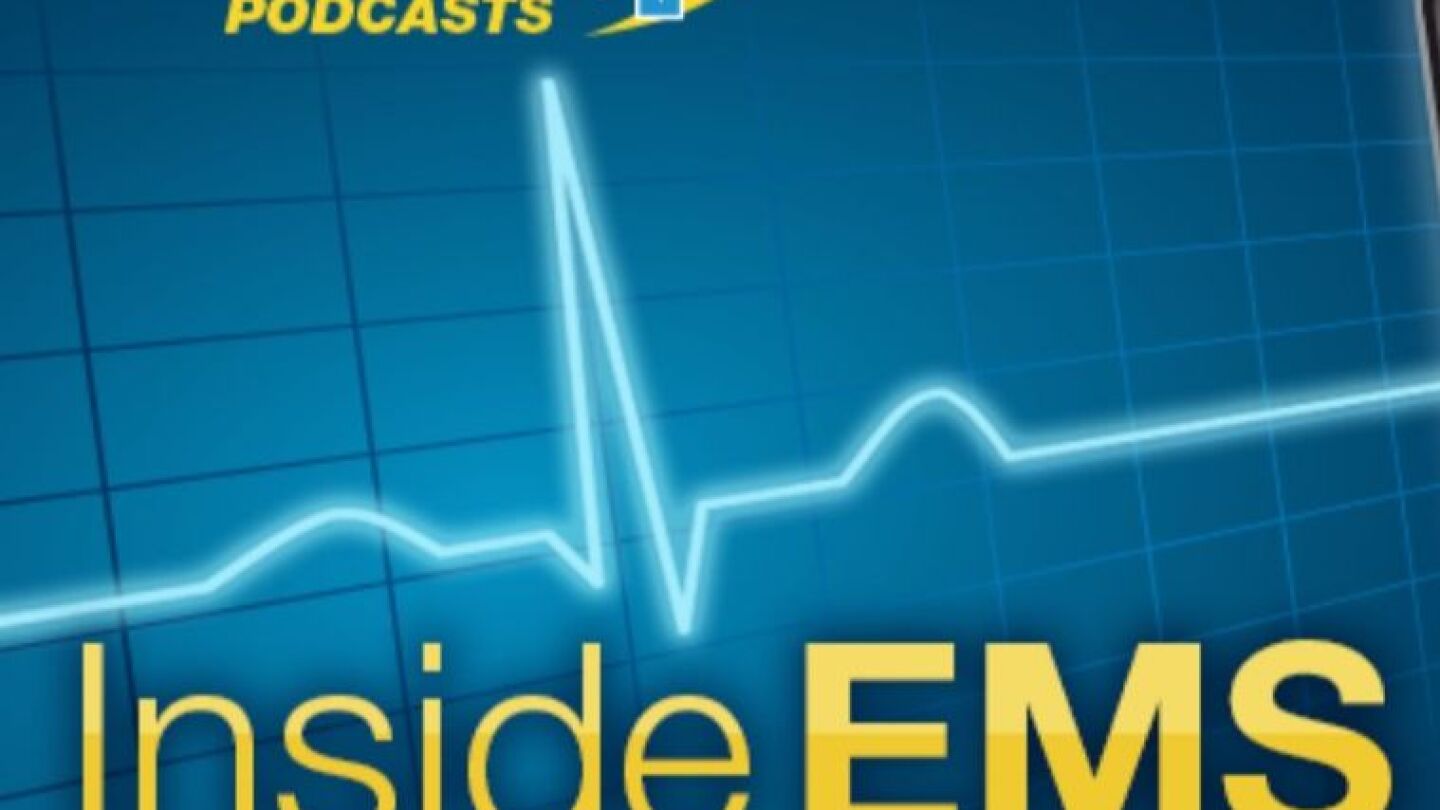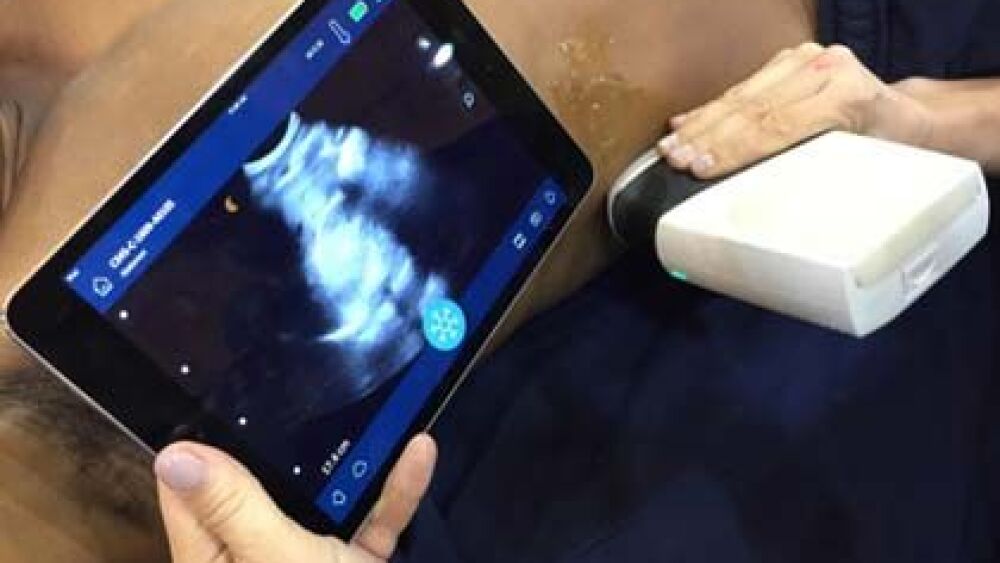Stroke Care
The ��ݮӰ�� stroke topic contains news, research analysis, training and takeaways on EMS stroke assessment and treatment of both ischemic stroke and hemorrhagic stroke.
Here’s a breakdown of differences in Bell’s palsy and stroke symptoms and prehospital care differences
A decentralized mobile telemedicine system is rectifying care disparities in rural Georgia
NAEMSP and NATA recommend a cool first, transport second approach to exertional heat stroke treatment with cold water immersion therapy
A paramedic administered oxygen before Brito was transported to a Rochester, N.Y., hospital
The partnership is promoting the use of the BE FAST acronym to help people recognize the symptoms of stroke and when to call for help
The recently published report may have implications for EMS providers who work long hours and frequent overtime shifts
The bill aims to ensure stroke patients are transported to the most appropriate medical facility rather than the nearest hospital
South Carolina researchers found that door-to-treatment time was cut by 18 minutes with in-ambulance telehealth consultation
Medshore Ambulance officials explained how it’s addressed problems that delayed response to a stroke call at a councilwoman’s house
Jasper County Firefighter-EMT Brian Mixson, 32, was in the neuro intensive care unit for about a week before his death
A new mnemonic for reducing stroke recognition disparities in Spanish-speaking communities
What the research tells us about incorporating CPSS into destination decisions when evaluating large vessel occlusion stroke
A paper from the Prehospital Stroke System of Care Consensus Conference offers guiding principles for triage and transport destinations
Ohio Senate Bill 302 aims to ensure stroke patients are always transported to a hospital that is equipped to treat their condition
From a marathon runner who performed CPR on the course to a college student who stopped class to help his professor, these EMS providers stepped up to render aid in unexpected circumstances
Richmond Ambulance Authority and Medic EMS share lessons from implementing the Medical Priority Dispatch System to improve stroke alert response
EMT Luke Vayder, a Hillsdale College sophomore, helped to transport Dr. Michael Jordan, his English professor, to the hospital
In this episode learn the 5 diagnoses for altered mental status that can kill your patient emergently
Officials said the man was showing symptoms of a stroke while out on a fishing boat
The state’s chief medical executive urged residents not to delay care over COVID-19 fears
Breaking down the National EMS Assessment 2020 insights on telehealth, health information exchange and disaster preparedness
Hillsborough County in Florida has agreed to pay the settlement to the family of a stroke victim who died after medics failed to take her vital signs or transport her
River Grove Firefighter-Paramedic Robert Reisinger, 57, died on Wednesday, the same day he was scheduled to return to work
The chief medical officer of data company ESO said stroke and heart attack patients may be transporting themselves or not seeking treatment
Officials say the dispatcher didn’t initiated an EMS response during or after the eight-minute 911 call despite having the patient’s address
Learn how CarolinaEast Medical Center is providing STEMI patients with the best possible care by streamlining communication between EMS providers and clinicians
The arbitrator said the lieutenant’s firing was unfair because three other medics involved in the incident were only suspended
Century Ambulance reduces brain tissue loss by connecting neurologists to perform NIHSS assessment in the field
Implementing mobile stroke units: Why proper training and streamlined workflow is crucial to success
Jefferson Health and Bensalem Rescue Squad’s MSU was acquired and put into service in five months; learn how the unit’s success was a direct result of collaborative efforts
Regardless of the stroke score or scale that you utilize, what’s most important is having a strong foundation to rely on for stroke assessment and care
Rapid restoration of blood flow is the most critical determiner of functional brain survival
In the coming years, EMS will be engaged in even more efforts to triage patients in the field to route them to the most appropriate hospitals
In this episode, our co-hosts discuss the different types of strokes providers will encounter, how to treat each, and stroke patient transport procedures

